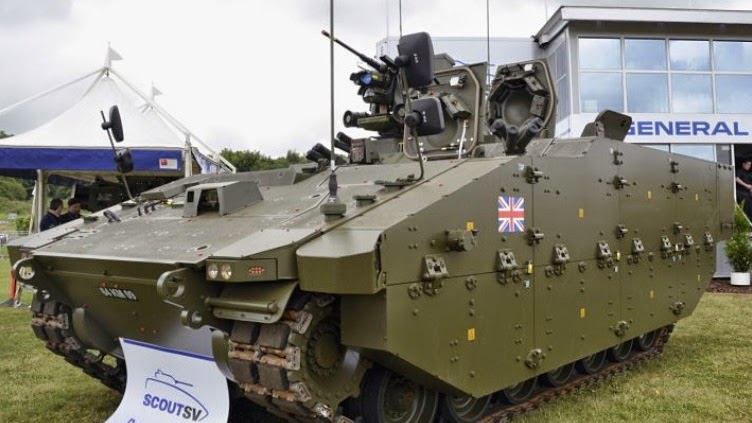Poroshenko has ended the ceasefire. This was something of a fictious ceasefire, since the the LGM and their allies never stopped attacking, including with tanks and whatnot.
The fighting has actually been very heavy. It has only been the Ukrainians which are not allowed to go on the offensive. That's now changed. Let's see if the build up of Ukrainian troops will make a difference. The problem is the other side will have reinforced and built up as well. This is going to be bloody. All the ceasefire may have done is 'shown' the West Poroshenko is a 'good guy.'
The Ukrainians captured a tank which the paper trail shows was definitely part of the Russian arsenal. This sucker didn't come from anywhere else.
Equally interesting from the videos online: the number of Hummers being used by the Ukrainians is very rapidly climbing. We used to leave them behind during exercises in Crimea between the US Marine reservists an the Ukrainians, but there are a lot more now than can be accounted for by that. Another interesting bit, the 'fritz' style helmet the US military uses has popped up multiple times as well. I guess those go along with the MREs are some of the noncombatant supplies the US has been providing.
A huge armored column moved outside of Slavyansk. I sense an offensive.
This is the Donetsk airport. I've flown out of there.
Dolzhanskyi is here. Yes, that's the border post with Russia at the base of the M03 highway I keep harping about.
In both cases, they'd make good stand-ins for zombie apocalypse movie.
There has been more railroad bridge sabotage.
The Russians have continued to build up their forces again.
The Russians have also continued to stream in equipment.
Also on the bad side of things, people are getting very frustrated and angry with Poroshenko. They have started rallying to demand various actions by the President. More than once I've encountered folks talking about Maidan 3.0. This is...more than troublesome. Furthermore, I am also troubled by the national guard units: representatives and even some of their commanders have been on the maidan stage in Kiev. Who to they report to?

























